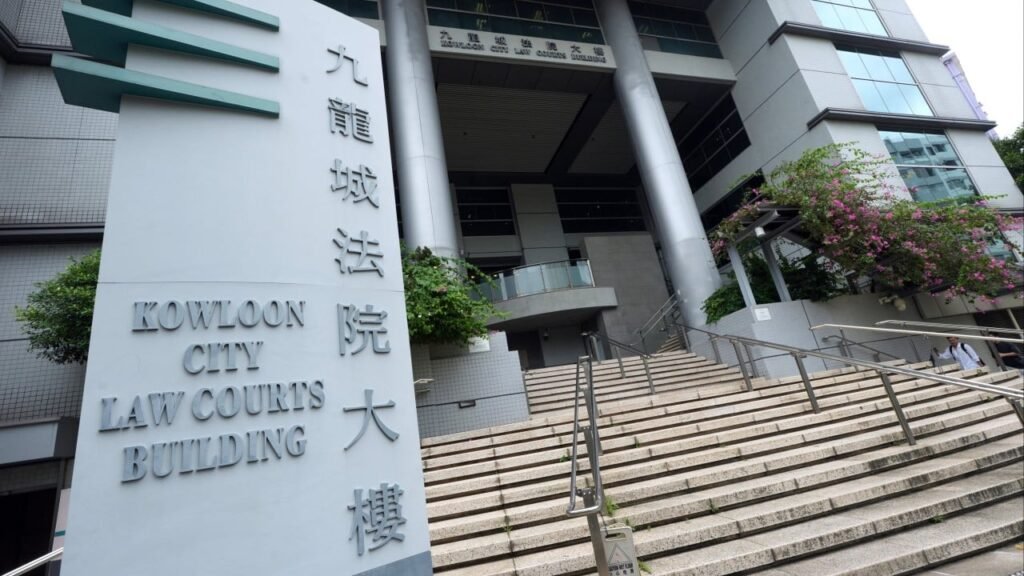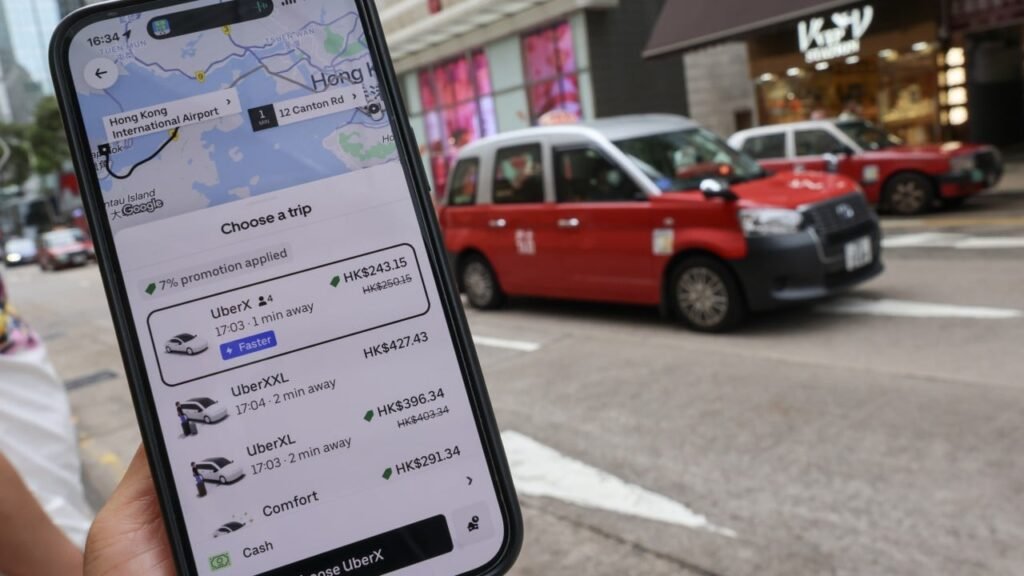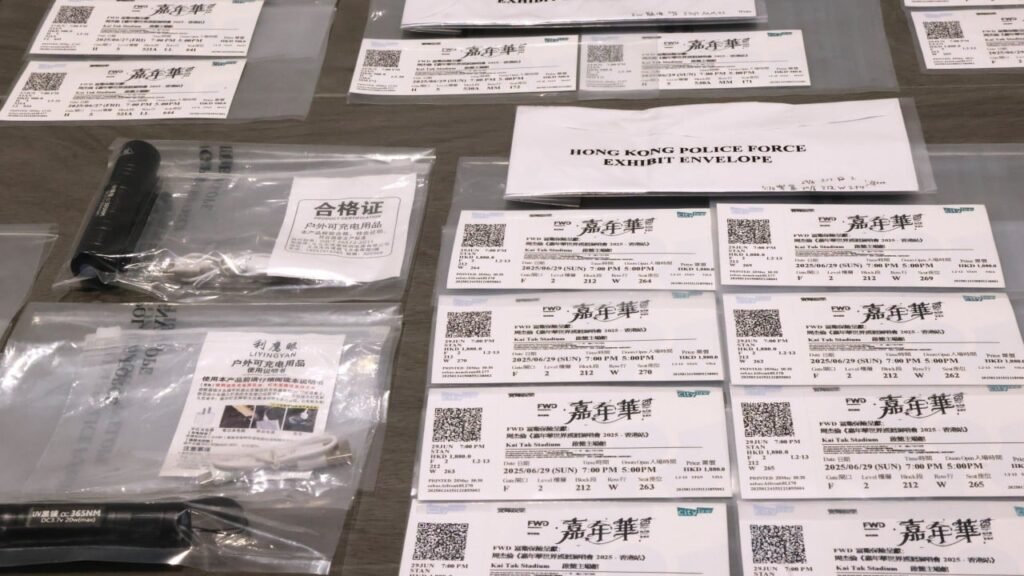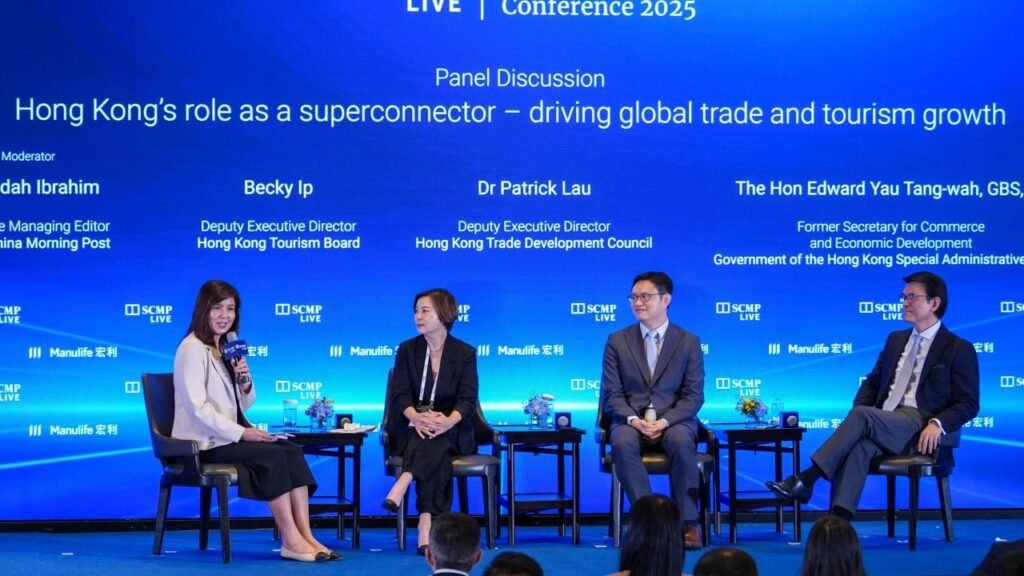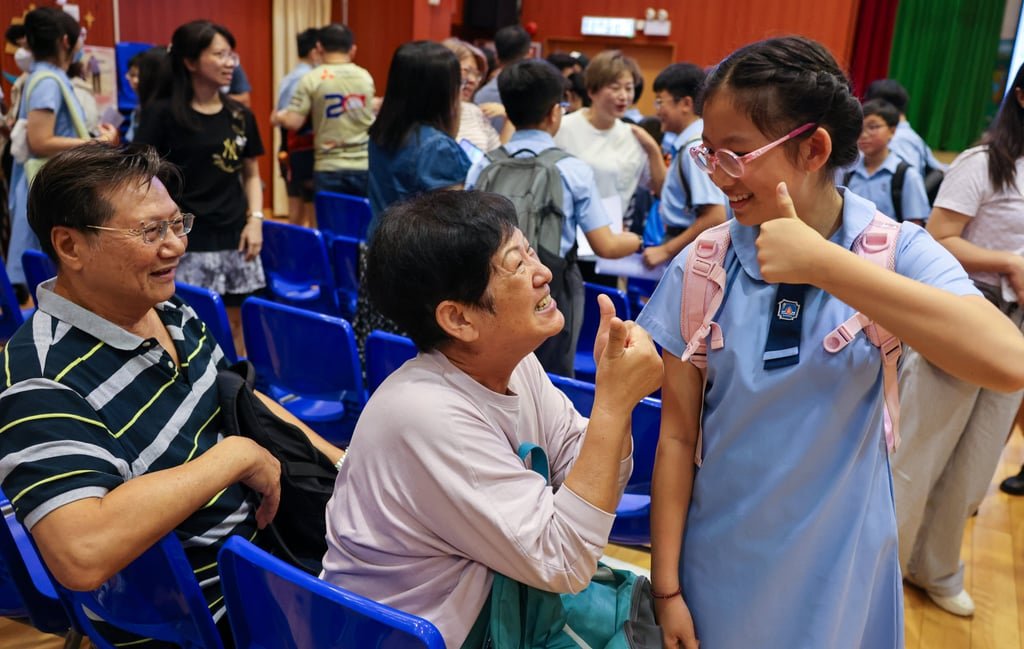[WASHINGTON] US President Donald Trump unveiled the first in a wave of promised letters that threaten to impose higher tariff rates on key trading partners, but suggested that he was still open to additional negotiations and pushed off increased duties until at least Aug 1.
Trump began the notifications with missives announcing his intent to impose 25 per cent levies on goods from Japan and South Korea. A dozen more followed throughout the afternoon, outlining plans to tariff foreign goods from trading partners including South Africa, Indonesia, Thailand and Cambodia.
Later at the White House, Trump said that “for the most part” he was content to simply impose the duties, even as he indicated he was continuing negotiations, including talks with India that could soon wrap up.
“We have made a deal with the United Kingdom, we have made a deal with China, we have made a deal – we are close to making a deal with India,” Trump said. “Others we met with, we don’t think we are going to be able to make a deal. So we just send them a letter.”
Still, the US president teased the possibility of additional negotiations and delays, saying the Aug 1 deadline was “not 100 per cent firm” and signalling he remained open to continuing to tweak the rates.
“Maybe adjust a little bit, depending,” Trump said, indicating he would look favourably on countries continuing to offer additional concessions. “We are not going to be unfair.”
BT in your inbox

Start and end each day with the latest news stories and analyses delivered straight to your inbox.
Trump spoke shortly after signing an executive order that delays the new rates until Aug 1 for all nations facing the so-called “reciprocal” tariffs, effectively buying each affected nation an extra three weeks to cut a deal with the White House.
The flurry represented the latest chapter in a second-term rush to overhaul US trade policies, but one that has served as a steady source of uncertainty for markets, central bankers and executives trying to game out the effect on production, inventories, hiring, inflation and consumer demand.
Trump and other White House officials faced questions about whether the letters were simply a novel method of once again punting a looming Jul 9 deadline for his reciprocal tariffs until at least the beginning of August. Most of the tariff rates, shared on his Truth Social platform, were largely in line with what Trump had already announced nations were likely to face.
Trump said goods from Malaysia, Kazakhstan and Tunisia would see a 25 per cent rate, while South Africa would see a 30 per cent tariff and Laos and Myanmar would face a 40 per cent levy. Other nations hit with levies included Indonesia with a 32 per cent rate, Bangladesh with 35 per cent, and Thailand and Cambodia with duties of 36 per cent. Bosnia received a 30 per cent levy, while Serbia faces a 35 per cent rate.
White House Press Secretary Karoline Leavitt said additional letters will arrive in the coming days. Trump in the missives also warned nations against retaliation.
“If for any reason you decide to raise your Tariffs, then, whatever the number you choose to raise them by will be added” to the threatened levels, Trump wrote.
The episode was the latest turn of the screw for a programme that has roiled markets and trade across the globe. One week after announcing the tariffs at a Rose Garden event, Trump offered a 90-day reprieve, lowering duties to 10 per cent to allow time for negotiations.
Few nations successfully negotiated deals in the short time given. In the interim, Trump announced framework agreements with the United Kingdom and Vietnam and a trade truce with China.
He also said that the rates did not include any sectoral-specific tariffs that the administration had or would separately implement on goods imported in key industries. Both Japan and South Korea are major auto exporters, and are also facing US tariffs on steel.
Other nations in Trump’s early barrage have less significant trading relationships. US imports from Myanmar, where relations have been strained by the 2021 military coup, totalled just over US$656 million in 2024, according to the US Trade Representative.
The US imports crude oil from Kazakhstan occasionally. The most recent purchase, according to government data, was in April, when the US shipped in about 33,000 barrels a day. Last year, cargoes from Kazakhstan averaged about 38,000 barrels a day, the highest in at least two decades of intermittent buying.
Asked why Trump had chosen to hit Japan and South Korea first, Leavitt said it was “the president’s prerogative”, adding that “those are the countries he chose”.
Leavitt said the administration is “close” to securing agreements with some other trading partners, adding that Trump “wants to ensure these are the best deals possible”.
Markets fall
Following a rally to all-time highs last week, the S&P 500 fell 0.8 per cent as at 4 pm New York time, while the Nasdaq 100 Index was down 0.8 per cent. Treasuries dropped, with longer-dated bonds underperforming.
The US dollar extended gains after Trump’s announcement, hitting the highest level in more than a week against a basket of peers. The currencies of South Korea, South Africa and Japan all fell more than 1 per cent against the greenback.
Japanese automakers’ American depository receipts (ADRs) fell to session lows after Trump’s announcement. Toyota ADRs fell 4.3 per cent to session lows, while Honda’s fell 3.9 per cent to session lows.
For many of the nations, engaging Trump in trade negotiations on his accelerated timeline has proven difficult.
Even though Japan and Korea are two of the US’s closest allies in Asia, they’re both dealing with domestic situations where cutting trade deals might be risky politically. South Korean President Lee Jae-myung only took office on Jun 4, and elections in Japan’s upper house later this month made the government of Prime Minister Shigeru Ishiba reluctant to offer too much in concessions.
The European Union was not expecting to receive a letter setting tariff rates on Monday (Jul 7), according to a source familiar with those discussions, who spoke on condition of anonymity.
Trump has also threatened to slap an additional 10 per cent levy on “any country aligning themselves with the anti-American policies of Brics”, targeting the bloc of developing nations led by Brazil, Russia, India, China and South Africa as they gathered for a meeting in Rio de Janeiro.
Leavitt on Monday said Trump would “take any action necessary to prevent countries from taking advantage of the United States and our people”.
Trump’s levies will help fill the Treasury’s coffers at a time when investors are worried about the nation’s mounting debt, particularly after Congress passed much of the president’s economic agenda in a US$3.4 trillion tax cut and spending package last week. The US dollar has slumped and longer-term borrowing costs remain elevated.
Despite Trump’s contention that foreign countries pay his tariffs directly, the burden actually falls to American importers, which must contend with tighter profit margins, weigh raising prices for consumers or seek discounts from their foreign suppliers.
“All of that new revenue is just a tax on US businesses,” Jonathan Gold, vice-president of supply chain and customs policy at the National Retail Federation, wrote in a LinkedIn post Friday.
At the Rose Garden ceremony on Apr 2, the Trump administration announced steeper levies on more than 50 trading partners ranging as high as 50 per cent, a shock to the economic outlook that sent financial markets into a tailspin. A week later, the president suspended those peak rates.
The negotiating tracks have been different for the US’s three largest trading partners – Mexico, Canada and China. Beijing and Washington have negotiated truces that lowered tariffs on Chinese products that soared to 145 per cent and eased export controls on key supplies. As partners in the US-Mexico-Canada Agreement, the two US neighbours are not subject to the reciprocal tariffs and instead are trying to negotiate lower rates on sectoral levies.
Bloomberg Economics’ US trade uncertainty index has come off its April peak, but it is still higher than it was when Trump was elected in November.
On top of market jitters and economic headwinds, legal challenges offer a potential check on the reciprocal tariffs, which Trump declared under executive authority known as the International Emergency Economic Powers Act, or Ieepa.
The US Court of International Trade ruled on May 28 that the vast majority of Trump’s levies were issued illegally under Ieepa and ordered them blocked. A day later, an appeals court gave the administration a temporary reprieve from the ruling and decided that the tariffs can remain in place until it hears the case, scheduling the arguments for Jul 31.
Yet the Trump administration is using another presidential power to impose tariffs, Section 232 of the Trade Expansion Act, on specific sectors so far including autos, steel and aluminium.
Other 232 sectoral cases are in the works, potentially allowing Trump to cover a wide range of US imported raw materials as well as finished consumer goods should the Ieepa levies get struck down by the courts. Trump described the latest levies as “separate from all Sectoral Tariffs”.
Another friction point for Trump on tariffs is the Federal Reserve. Jerome Powell, the chair of the US central bank, has held off on lowering rates this year, despite intense pressure and name-calling, in part to determine whether tariff-driven price hikes might evolve into more persistent cost-of-living pressures.
Bloomberg Economics estimates that if all reciprocal tariffs are raised to their threatened level on Jul 9, average duties on all US imports could climb to around 20 per cent from less than 3 per cent before Trump’s inauguration in January. That would add to growth and inflation risks for the US economy.
Between higher tariffs, oil prices and immigration restrictions in the US, “the bottom line is that we should see inflation move higher over the coming months”, Torsten Slok, chief economist with Apollo Global Management, wrote in a note on Sunday. BLOOMBERG


